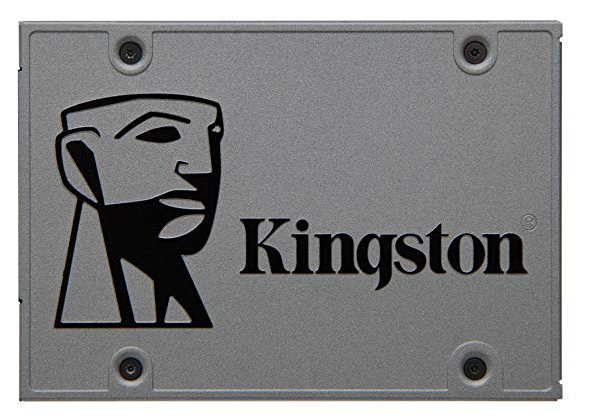
Ways to Migrate Your Website to a New Host Without Losing Data
TechnologyMigrating your website to a new host can feel like a daunting task. Losing valuable data or experiencing downtime might leave you feeling anxious. But fear not! With the right steps and careful planning, it’s possible to make this transition smoothly and stress-free.
Whether you’re looking for better performance, improved customer service, or simply more storage space, moving your site doesn’t have to be complicated. In fact, with these effective strategies in hand, you’ll be able to switch hosts seamlessly while keeping all your essential content intact. Ready to dive into the process? Let’s start by ensuring your migration is as smooth as possible.
Backup Your Website

Before making any changes, create a complete backup of your website. This step is crucial for safeguarding your data against unexpected mishaps during the migration process. Utilize tools or plugins specific to your platform, like WordPress or Joomla. These can make backups simple and efficient. Ensure you save copies of both your files and databases. If you’re tech-savvy, manually download all site files using FTP clients. Don’t forget about emails associated with your domain; they are part of your digital presence too.
Choose the Right Time
Timing can make or break your website migration. Choosing the right moment is essential to minimize downtime and disruption. Consider peak traffic periods for your site. If you run an e-commerce store, avoid migrating during sales events or holidays when visitors are most active. Instead, aim for off-peak hours, late at night or early in the morning. Also, keep an eye on any upcoming promotions or important announcements. You want to ensure your audience has a seamless experience while transitioning to the new host.

Set up Your New Hosting Account
Setting up your new hosting account is a pivotal step in the migration process. Begin by selecting a reliable hosting provider that meets your website’s needs. Look for features like uptime guarantees, customer support, and scalability options. Once you’ve chosen a host, follow their registration prompts carefully. You must provide essential details, such as your domain name and billing information. After registering, access the control panel or dashboard of your new account. Familiarize yourself with its layout; this will be helpful when you start uploading files later on.
Upload Files to the New Host

Once your new hosting account is ready, transferring your files is time. Start by connecting to the new host using an FTP client. This tool allows you to upload all necessary files from your old site easily. Ensure that you include everything: HTML, CSS, images, and scripts. Missing even a single file could lead to broken links or malfunctioning features on your website. After uploading, check if the directory structure matches what you had previously. Consistency here will prevent confusion later on.
Migrating your website to a new host can seem daunting, but it can be a smooth process with the right approach. Start by ensuring you have a complete backup of all your files and databases. This precaution protects you from data loss. With careful planning and execution, migrating your website doesn’t have to be stressful or risky. By following these steps diligently, you’ll set yourself up for success in this important task.
Written by Julia Flores
Search
Follow us
Watch This
Last Posts
- Ways to Migrate Your Website to a New Host Without Losing Data
- How to Download InShare for PC
- Common Features of Reverse Email Lookup Tools: A Friendly and Informative Guide
- Advantages and Disadvantages of Shared Web Hosting
- The Internet of Things: How Technology Has Made Our Lives Easier
- Top Apps Every Traveler Needs on Their Smartphones When Visiting Europe
- Best Home Security Systems for 2022




Leave a Reply